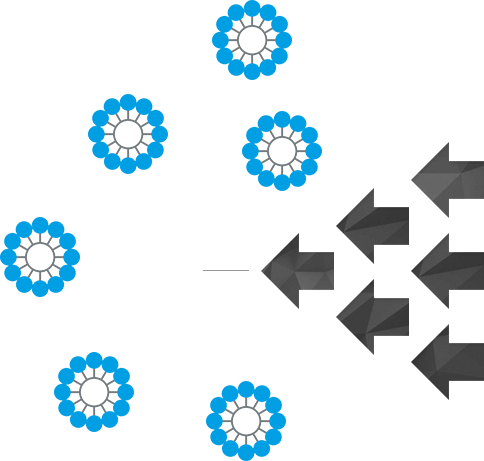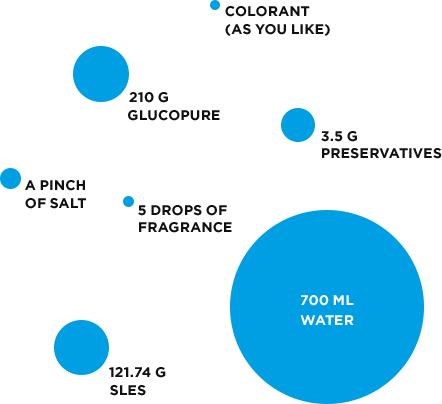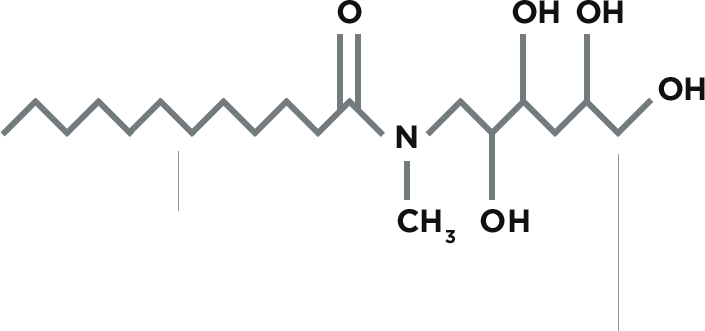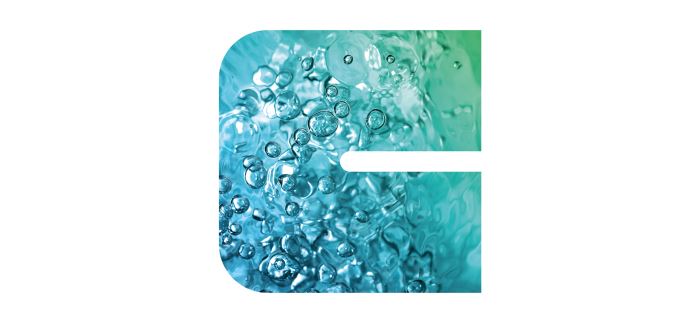Discover Value.
Discover GlucoPure.
What if green
cleans?
A day in the life of a swamped kitchen in Germany's cultural capital: Berlin
Eating out is one of life’s great pleasures. But most of us have never been behind the scenes and seen what it’s really like to work in a professional kitchen. What goes into every plate before it hits the table, what standards must be met – and what do kitchen professionals expect and require from the cleaning products they use?
The Culprit: Grime
NOT ALL DIRTY PLATES
To perform in professional kitchens, cleaners
ARE CREATED EQUAL
have to be able to quickly and completely clean a
wide-variety of grime, gunk and grease.

Dr. Peter Klug,
Strategic Innovation Project Manager
»Dirt doesn’t stand a chance: our chemists developed an environmentally-friendlier surfactant that is not only sugar-based, but also incredibly high-powered. And we call it GlucoPure.«
The Proof
Doing the dishes,
Scientifically
Welcome to the plate test! Not only does Clariant employee Jasmin Schepp know how to get things clean, she knows how to dirty things up as well. She’s reproduced our dirty plates, smearing them with 5 grams of a special test grime consisting of 60% fat, 30% carbohydrates and 10% protein. How many plates can a squirt of dishwashing liquid clean? Jasmin uses the test liquid she mixed herself, which of course contains our GlucoPure. She squirts 5 milliliters into her test sink. 5 liters of water at 45°C (113°F) come cascading down.
»Most people use way too much dishwashing liquid. They think the more foam, the better. That’s only true to a certain extent.«
The foam serves as a temporary storage space for the surfactants and thus as an indicator for the performance of the dishwashing liquid. »The height of the foam is less important than the persistence of the foam: the more stable the bubbles, the better the product.« Each plate is scrubbed 20 times with a brush on the front for 10 seconds, and 3 times on the back for 6 seconds.
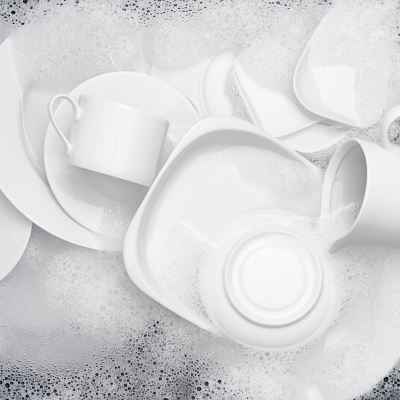
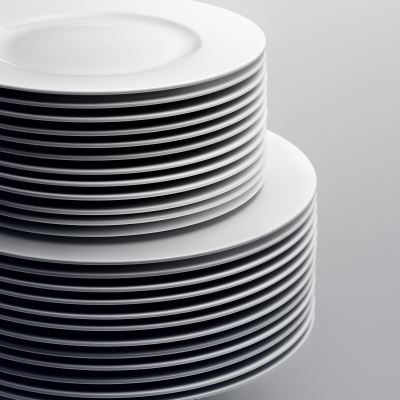
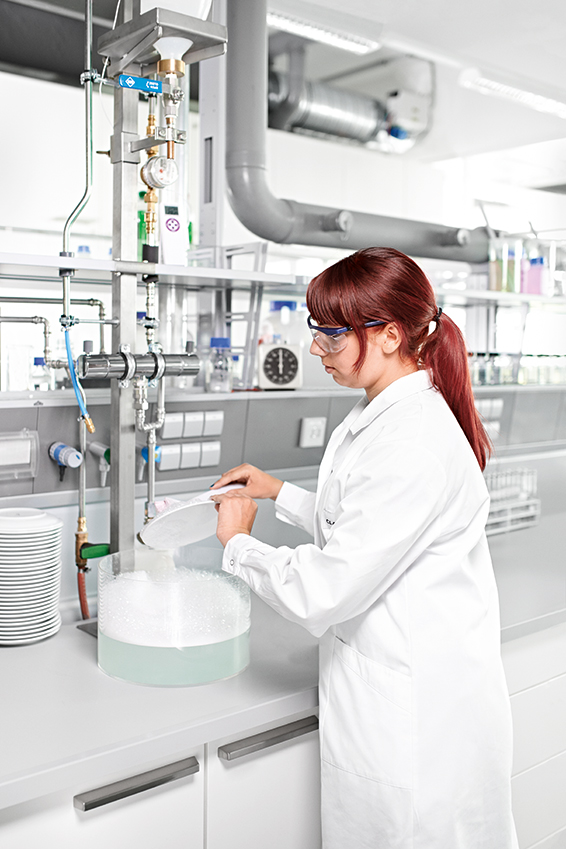
Jasmin Schepp testing GlucoPure in the lab
Gradually, the foam bubbles break down due to the presence of oily soil. The foam hills slowly recede into the water, leaving a white blanket on the water surface after the 20th plate. If the blanket begins to separate, the surfactants have been exhausted. Jasmin waits an additional 15 seconds to see if the white blanket reforms. Nope. »That’s it. 29 plates. That’s pretty good.«
How does GlucoPure stack up?
We tested GLUCOPURE to see how it fared against the standard green surfactant
on the market, ALKYL POLYGLUCOSIDES(APG).
With a single squirt, GLUCOPURE towers above the competition.
Read the full test results here
16
Plates
Alkylpoly-
Glucosides
(APG)
5 ML

31
Plates
GlucoPure
5 ML


The Expert: Dr. Christine Oberbillig,
Application Development ManagerHOW GREEN CAN CLEANERS BE?
Are there any dishwashing liquids on the market that are 100% green?
To the best of our knowledge, no. Even the vast majority of green brands contain a certain percentage of petroleum-based ingredients.Why then do some green dishwashing liquids print »from renewable resources« on their bottles?
Generally, those claims are quite correct, and such products actually all contain natural-based ingredients. But there is no law stating how large the percentage of the »green« share must be in order to make such a claim.Could you put into layman’s terms where these essential »non-green« parts are found?
Dishwashing liquids are usually composed of at least two types of surfactants: a primary surfactant, consisting of an anionic head group and a hydrophobic tail, and a secondary, or co-surfactant. The most commonly used primary surfactant is sodium lauryl ether sulfate (SLES). In green products, the hydrophobic part of all surfactants is usually based on biological resources, but the hydrophilic head groups are still mostly synthetically prepared.
»Sure, some ›green‹ dishwashing liquids use nearly 100% green surfactants – but they simply do not perform well.«
And what about the co-surfactants?
Some market products contain the highest possible amount of green surfactants. However, these dishwashing liquids perform poorly in tests compared to their standard counterparts. The co-surfactant that we developed at Clariant is made from 95% bio-based materials, with the remaining 5% containing a petroleum-based molecular structure. The result is an incredibly powerful, nearly 100% green surfactant. With this innovative co-surfactant, the perfect balance between ecology and performance is achieved. We call it GlucoPure, as it is sugar, or glucose, based.
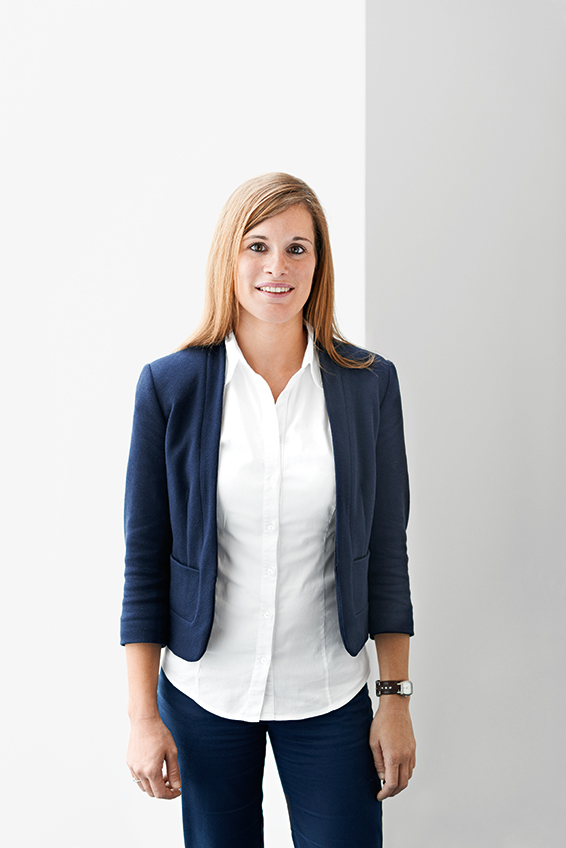
Dr. Christine Oberbillig, Application Development Manager
Can’t we just stop using petroleum entirely?
Unfortunately, the small petroleum-based part is an essential structural element of our co-surfactant. At present, this cannot be produced using natural-based raw materials, and researchers have not yet found an adequate alternative.How has GlucoPure fared in tests?
It is twice as effective as the current market-leading, completely green co-surfactant and achieves comparative results to conventional surfactants like cocamidopropyl betaine or amine oxides. But we are not about to rest on our laurels!
GlucoPure fulfills EcoTain® criteria
OUR APPROACH TO SUSTAINABILITY
EcoTain® is our label for sustainability excellence products and solutions showcasing best-in-class performance. They highlight our contributions to a sustainable future and add value to our customers and society as a whole

GlucoPure fulfills EcoTain® criteria
OUR APPROACH TO SUSTAINABILITY
EcoTain® is our label for sustainability excellence products and solutions showcasing best-in-class performance. They highlight our contributions to a sustainable future and add value to our customers and society as a whole.

The benefits
What's in a bottle?
HIGHLY BIO-BASED
GlucoPure is based on 95% renewable raw materials.
HIGH Performance
Highly efficient raw materials facilitate affordable costs.
ECOSAFE
Reduced effects on aquatic life.
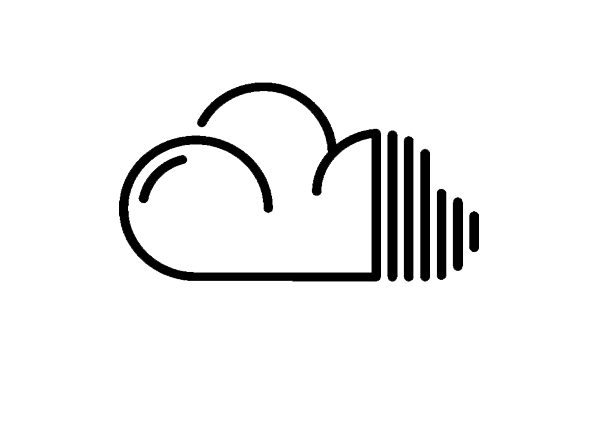
Mild
Mild sugar surfactant with enhanced skin Compatibility.
GlucoPure
The product range
»The sky’s the limit for GlucoPure. Its versatility goes beyond our current Home Care portfolio to form the basis of a powerful line of green surfactants for the Personal Care and Crop Solutions market segments.«

Kevin Mutch,
Global Marketing Manager
for Industrial & Home Care
GlucoPure Foam
Cocoyl Methyl Glucamide
- GlucoPure Foam is a new generation of sugar surfactant based on coconut oil.
- Its superior foam and cleaning performance combined with a highly sustainable content and no aqua toxicity label make GlucoPure Foam one of the best co-surfactants on the market for hand dishwashing detergents.
- Additional benefits include no volatile organic compounds (VOCs) in the composition, mildness to skin and slippery, hydrated-feeling hands after using the liquid detergent.
GlucoPure Foam (Cocoyl Methyl Glucamide) Active matter 40% Basis = R RBD Coco Oil Applications Hand dishwashing liquid detergents Benefits
- Superior foaming properties
- Mild to skin
- Slippery skin feeling
RCI (%) > 95% GHS labeling No aquatox label
GlucoPure Deg
Lauroyl Methyl Glucamide
- GlucoPure Deg is a new generation of sugar surfactant based on a C12/14 methylester.
- Its superior foam and cleaning performance combined with a highly sustainable content and no aqua toxicity label make GlucoPure Deg one of the best co-surfactants on the market for hand dishwashing detergents.
- Additional benefits include high concentration to reduce transportation costs, mildness to skin and a squeaky clean feel to the washed plates and cups.
GlucoPure Deg (Lauroyl Methyl Glucamide) Active matter 60% (highly concentrated, contains ethanol) Basis = R C12/14 methylester Applications Hand dishwashing liquid detergents Benefits
- Superior foaming properties
- Mild to skin
- Squeaky feel to glass and ceramic materials
RCI (%) > 95% GHS labeling No aquatox label
GlucoPure Wet
Capryloyl/Capryl Methyl Glucamide
- GlucoPure Wet is a new generation of sugar surfactant based on a C8/10 methylester.
- Its high soap scum removal performance combined with mildness to plastic materials and no aqua toxicity label make GlucoPure Wet one of the best co-surfactants on the market for bathroom cleaners.
GlucoPure Wet (Capryloyl/Capryl Methyl Glucamide) Active matter 50% Basis = R C8/C10 methylester Applications Hand surface cleaners, bathroom cleaners Benefits
- Superior wetting properties
- High soap scum removal
- Mild to plastic surfaces
RCI (%) > 94% GHS labeling No aquatox label
GlucoPure Sense
Sunfloweroyl Methylglucamide
- GlucoPure Sense is the new member in the GlucoPure family.
- Its mild surfactants have a conditioning effect on the skin, meaning that it is very mild. It also has a high foam mileage in hard and soft water.
- It allows no irritant or corrosive label and is mostly based on sunflower oil, a non-tropical source. This allows it to have a Renewable Carbon Index (RCI) of 96% and keeps an excellent eco-toxicological profile.
GlucoPure Sense (Sunfloweroyl Methylglucamide) Active matter 52% Basis = R C16/18 Sunflower
Applications Hand dishwashing liquids, automatic dishwashing, laundry Benefits
- Sunflower oil regionally sourced in Europe
- Allows “not irritant/corrosive” label
- Excellent mildness sensorial
- Easy to thicken
- High concentrated, contains
- Propylene Glycol
RCI (%) 96% GHS labeling No irritant label
Want to know more?
LET’S GET IN TOUCH
We’d really like to hear from you. Please give us
a call or use the contact form bellow for more
information or any questions about GlucoPure.



